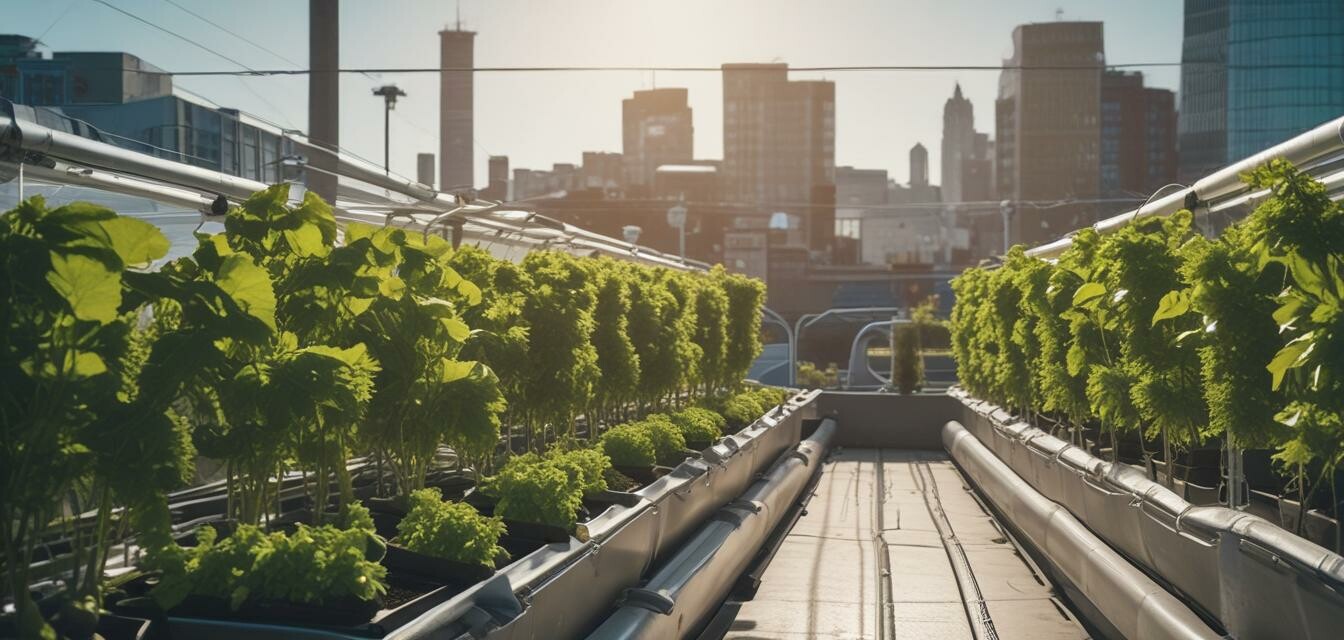
Hydroponics and Climate Resilience
Key Takeaways
- Hydroponics is an efficient method of growing plants without soil.
- This system can adapt to climate changes and extreme weather conditions.
- It uses less water than traditional farming methods, promoting sustainability.
- Urban environments can benefit greatly from hydroponic systems for fresh food supply.
- Hydroponics supports year-round production, independent of seasonal changes.
Hydroponics is gaining traction as a practical solution in the face of climate change. More than just a modern gardening technique, it represents a transforming approach to agricultural practices, aligning them with environmental sustainability. In this article, we explore the intersection of hydroponics and climate resilience, detailing how this innovative method can assist in adapting to environmental changes.
Understanding Hydroponics
Hydroponics is the practice of cultivating plants in a nutrient-rich water solution, eliminating the need for soil. This method promotes rapid plant growth and allows for the production of food in areas previously unsuitable for conventional agriculture. Below are the key components of hydroponic systems:
| Component | Description |
|---|---|
| Growing Media | Materials such as rock wool, coconut coir, or perlite that support plant roots. |
| Nutrient Solution | Water mixed with essential nutrients for plant growth. |
| Lighting | Artificial grow lights to simulate sunlight, especially in indoor systems. |
| Pumps and Aeration | Systems to circulate water and oxygenate the nutrient solution. |
The Role of Hydroponics in Climate Resilience
As climate change leads to unpredictable weather patterns and water scarcity, traditional farming methods are challenged. Hydroponics offers several advantages in building climate resilience:
- Water Efficiency: Hydroponics typically uses 70-90% less water than conventional farming.
- Space Optimization: Hydroponic systems can be installed in urban settings, maximizing land use.
- Year-Round Growth: Controlled environments allow for growing crops regardless of external weather conditions.
- Reduced Pest Pressure: Indoor farms can limit pest exposure, minimizing the need for pesticides.
Examples of Hydroponics Supporting Climate Resilience
Several communities and institutions have begun implementing hydroponics to combat climate challenges:
- Urban Farms: Cities are integrating hydroponic systems into their landscapes, providing fresh produce while minimizing transportation emissions.
- Schools: Educational institutions use hydroponics to teach sustainability and food production, engaging students in hands-on learning experiences.
- Disaster Relief: Hydroponic setups can be rapidly deployed in disaster-stricken areas to ensure food security.
Future Trends in Hydroponics
The future of hydroponics looks promising as technologies evolve. Here are some trends shaping its future:
- Smart Agriculture: The integration of IoT devices and sensors in hydroponics enables better monitoring and resource management.
- Vertical Farming: The rise of vertical hydroponic farms in urban areas maximizes space and minimizes environmental impact.
- Research and Development: Ongoing research into nutrient solutions and genetic plant modifications continues to improve growth rates and yields.
Conclusion
Hydroponics represents a significant opportunity in the face of climate change. By allowing for efficient use of resources and adaptability to varying conditions, this technology could be a crucial tool in ensuring food resilience for communities worldwide. For more information and trends in hydroponic gardening, check out our section on news and trends.
Pros
- Efficient use of water and nutrients.
- Ability to grow food in urban areas with limited space.
- Stable growing conditions for year-round production.
Cons
- Initial setup costs can be high.
- Requires knowledge of nutrient management.
- Dependence on technology for optimal results.
As communities navigate the challenges posed by a changing climate, hydroponics stands out as a resilient response aligned with sustainability goals. For further exploration, check out our buying guides or the latest innovations in hydroponic technologies.

